Barry Hoban, eyes on fire, chiselled legs pounding the pedals, every sinew straining. The arm in air, the huge toothy grin, another race won- that was Barry Hoban the cyclist, on days like these he used to say: “I was Electrique.” There were plenty of them.

That smile, Barry won races but also the hearts and minds of cycling fans.
Barry was born in Wakefield, West Yorkshire on 5th February 1940 and grew up in the connected coal mining village of Stanley. His first encounter with cycling was in the early 1950s, when the Tour of Britain raced through his village on the way to York. He was hooked.
His father Joe was a lifelong cyclist, and using one of his old bikes, Barry joined the local cycling club, the Calder Clarion, and started racing. It wasn’t long before he was winning. First in local time trials, then on the grass or cinder tracks that every mining town had back then.
Pretty soon Barry started road racing, and travelling to city track venues like Fallowfield in Manchester. He raced in hill climbs too, and could win all kinds of races. Winning the 1960 British individual pursuit title earned Hoban selection for the team pursuit at the Rome Olympic Games. He didn’t win a medal, but by the start of the 1960s his sights were on a bigger goal.
So far he’d followed a trajectory that Tom Simpson took. Like Simpson, Hoban was a fast track rider who’d won time trials and road races. Now Simpson was a professional winning big road races in Europe, Hoban was determined to do the same.
After a great year in the UK in 1961, Hoban asked the Harrogate-based cycle dealer and importer Ron Kitching to write a letter of introduction to a French supplier, André Bertin who had contacts with cycling clubs in northern France. Armed with that, Barry set off for France in 1962 with his friend Bernard Burns in his tiny red Morris Minor van.
They made it there, made it to see Bertin, who sorted them out with a bed, board and a place in a club. They started racing. It was tough, so much to learn, but Barry made friends, learned French and started winning. In 1964 he joined Simpson as a European professional, with Barry riding for the French Mercier-BP team.

Barry (left) and Tom Simpson in 1964
He made an instant impression, a good placing Paris-Nice saw him selected for Mercier’s team for the classics. There again, Barry showed well, so his team manager, Antonin Magne put him in the Vuelta a España, which started in late April.
It was his first grand tour, but Barry’s powers of recuperation were legendary. He took to it like the natural he was, winning two stages. The first ever Vuelta stage wins by a British cyclist.
Magne couldn’t believe his luck, he’d signed a strong fast Yorkshire boy. He was the perfect support rider for Mercier’s star, Raymond Poulidor. Barry was selected for the Tour de France, and he did well in that too. It was the Tour when Poulidor got closest to beating his great rival Jacques Anquetil, and Barry played his part every day.
As a reward Poulidor made sure Barry had plenty of post-Tour criterium contracts, so another month of racing. Then he did the late-season classics. He’d raced from February to October and on the face of it was strong throughout, but in truth it was too much for a 24 year-old new pro.
Barry wasn’t as strong the following year, but played a key role in Tom Simpson’s 1965 road race world title victory. He was much better in 1966, when Barry won the Henninger Turm, Germany’s biggest single-day race and considered a semi-classic. It’s called the Eschborn-Frankfurt today and still a big race.
 You can’t take the Yorkshire out of the man, Barry teaching a young Eddy Merckx (right) the lore of the flat cap
You can’t take the Yorkshire out of the man, Barry teaching a young Eddy Merckx (right) the lore of the flat cap
Barry was living in Belgium by then, and showing a flair for Belgian races. He was fifth in the 1967 Tour of Flanders. Later on he was second to the great Rik Van Looy in Paris-Tours, but between the two there was an event that over-shadowed that year, especially for British cycling – the death of Tom Simpson in the 1967 Tour de France.

Barry (centre) just losing to Rik Van Looy. Walter Godefroot is third
Barry was allowed to win the stage after Tom died, but proved his class the following year when he became the first British cyclist ever to win a mountain stage of the Tour. That performance often gets overlooked, mainly because Barry was such a good classics rider, and a prolific Tour stage winner by sprinting ahead of breakaway groups and big bunches. His 1968 mountain stage win was a mix of opportunism, self-knowledge, strength and climbing ability. No one wins an Alpine stage alone by more than four minutes without being able to climb.

That 1968 Tour de France mountain stage victory
That win was masterful, but it also meant Barry Hoban had arrived. He was writing his own page in the British cycling story, and in 1969 achieved another British first. First to win two consecutive Tour de France stages. Both from small breakaways, and both in the final week. Barry always got stronger as the Tour went on, and joked that if it had been four weeks instead of three he’d have won more.
His life was changing, and it changed massively at the end of 1969 when he married Tom Simpson’s widow, Helen Hoban. It was something he did with great soul, great dignity and to his best, and it wasn’t easy.
Barry rode consistently well in 1970 and 1971, but in 1972 his career went up a gear. That coincided with him joining a new team, Gan-Mercier, with a new manager, Louis Caput. It was a match made in heaven.

In 1972 and with the Gan-Mercier team, Barry’s best
Caput was much younger than Antonin Magne, who he replaced in charge of the team. Plus Magne was obsessed with Raymond Poulidor, every Mercier-BP rider was expected to work for Poulidor in every race. Plus Magne did not like racing in Belgium, but Caput did. So did Barry Hoban.
Barry was third in the 1972 Paris-Roubaix, when he was absolutely flying but had to make two wheel changes. The first was in Arenberg when he’d been with the leaders. He had to wait ages, but chased back to the front only to need another change when he got there.
It was getting late in the race by then, but Barry still caught most of the front riders with just a few kilometres to go. Unfortunately when he got there two Belgian riders, Roger De Vlaeminck and Andre Dierickx had gone off the front. Barry had to pause to get his breath, then went after them.
He gained all the way to the Velodrome, but there wasn’t enough race left and he didn’t catch them. However, it’s testament to Barry’s classics ability that he is still the only British cyclist to get on the podium of a cobbled monument (Roubaix 1972) and a hilly one (Liège 1969).

Winning the group sprint for third in Liège-Bastogne-Liège 1969
Two stage wins in the 1973 Tour de France were the overture to Barry Hoban’s best year – 1974. He did well in all the early season races, then won Ghent-Wevelgem beating the best classics riders in the world. Just look at them- Eddy Merckx 2nd, Roger De Vlaeminck 3rd, Eric Leman 5th, Freddy Maertens 6th, Walter Godefroot 7th, Frans Verbeek 8th. Incredible! Barry truly was “Electrique” that day.

Barry at the first ever Tour de France stage in the UK, Plymouth 1974
He won Paris-Bourges as well that year, another stage of the Tour de France, and two stages, the points classification and 2nd overall in the Midi Libre. He was good all year, and continued being good thereafter.
His final and eighth Tour de France stage victory came in 1975, when he won in a big bunch sprint in Bordeaux. There might have been more victories too, but a crash and subsequent back trouble held him back in 1976 and ’77. He was better the following year, but fast approaching 40, and Barry stopped racing at the end of 1980 with a 17 year pro career behind him.

Helen and Barry as guests of the Tour de France
He was the senior pro by then. His career spanned the eras of three five-time Tour de France winners – Jacques Anquetil, Eddy Merckx and Bernard Hinault. He’d earned victories and a place in cycling history, he is still second in the all-time British Tour de France stage winners list behind Mark Cavendish.
Barry Hoban earned victories and he earned respect. Respect for who he was as a cyclist and who he was as Barry Hoban. A joy to be with, a fierce competitor, and a true friend.
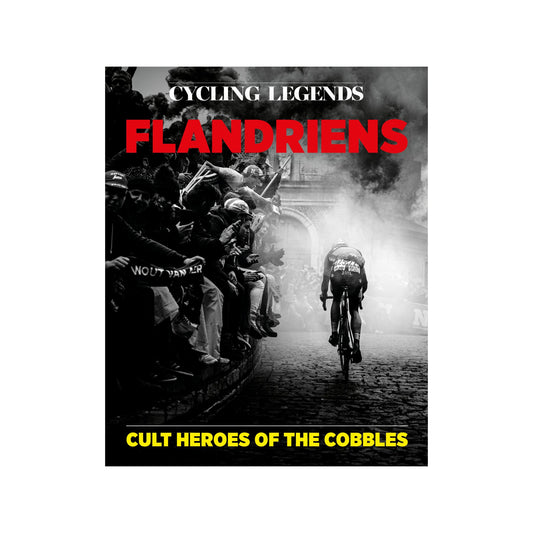
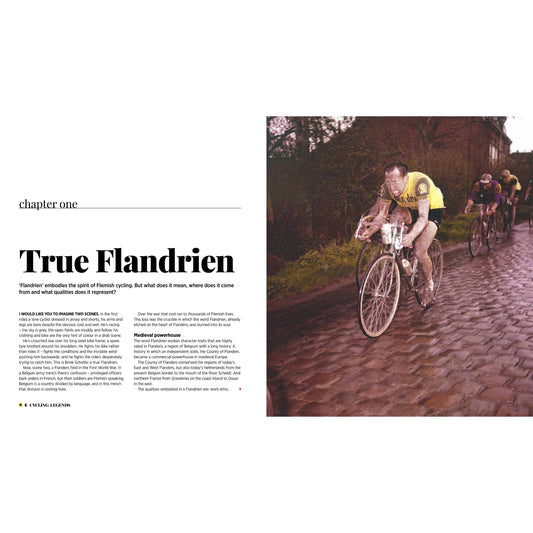
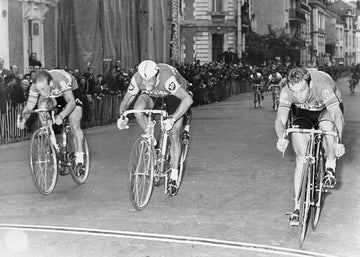
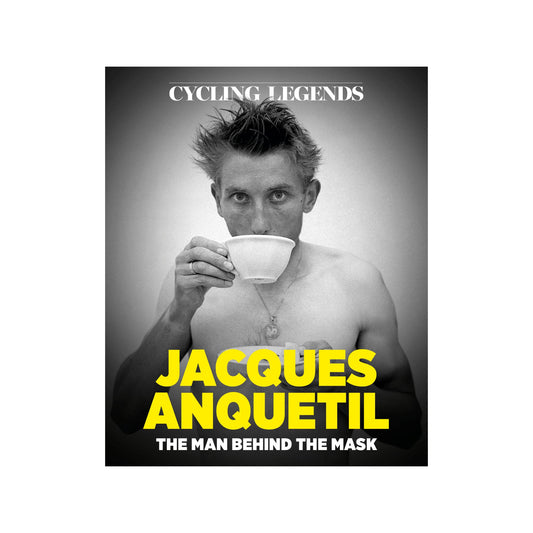

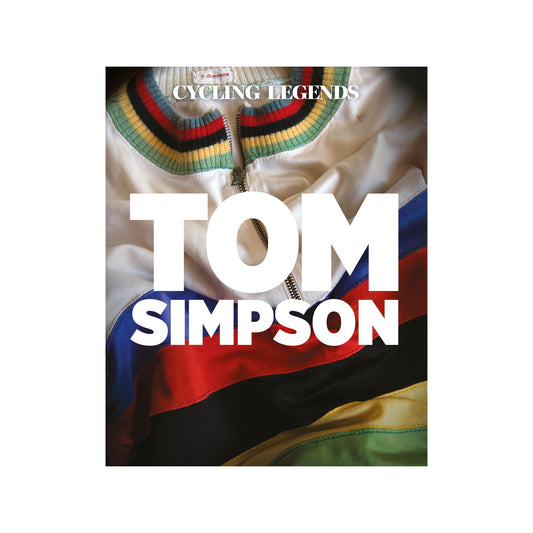

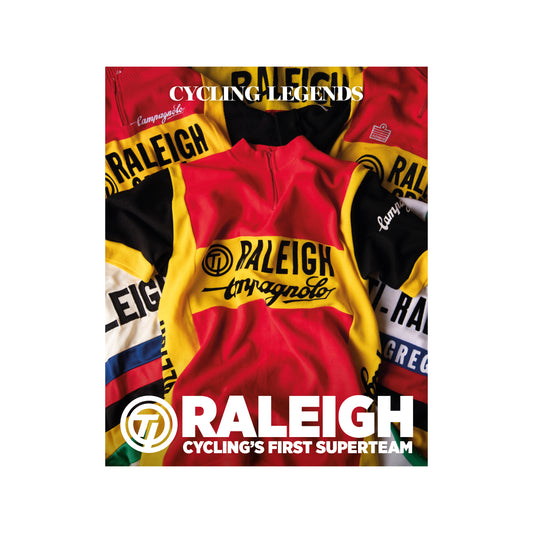

4 comments
Top man, outclassing me in most disciplines except time trials.h
One of my former adversaries he was a super competitor. But outclassed
n me in most disciplines except time trials
Barry stayed at my home in Dover many times. I really enjoyed every minute, he was a great person and a terrific athlete. I will miss you Barry.
RIP Barry. You were a great rider and great competitor, and I enjoyed watching you competing at the highest level. My condolences to Helen and family.
Kind regards
Michael.